 Abraham Lincoln
If given the truth, the people can be depended upon to meet any national crisis...
Abraham Lincoln
If given the truth, the people can be depended upon to meet any national crisis...
 Guildford news...
for Guildford people, brought to you by Guildford reporters - Guildford's own news service
Guildford news...
for Guildford people, brought to you by Guildford reporters - Guildford's own news service
Birdwatcher’s Diary No.246
Published on: 19 Dec, 2021
Updated on: 19 Dec, 2021
By Malcolm Fincham
December opened its door with a cold start. At Britten’s Pond, what had been a wet and overcast day, gave way to sunshine and showers just an hour before sunset.
A rainbow could be viewed at the far side of the lake.
A couple of visits there during preceding days allowed me to capture a few more photos of the resident, although elusive, kingfisher. On one occasion even noticing two still present.
Black-headed gulls in their winter plumage had increased in number, seeing a dozen or more about the water on most visits.
A lone grey heron spent much of its time on the smallest of the islands.
Cormorants continued to be a common sight, counting as many as four on one visit.
A little grebe that had been present for the last few weeks continued to be seen, although often retreating to the margins when ‘dive-bombed’ by the gulls.
The three resident and tame greylag geese continued to await the arrival of visitors who had any treats on offer.
A few wrens could be picked out by their contact calls as I walked around the pond.
I had been befriended by one of the many robins about the pond. I had foolishly fed it some dried mealworm on one of my visits.
The following few days allowed the opportunity to take a few scenic photos of the latest winter landscapes.
Just the other side of the railway line from Britten’s Pond, along Salt Box Road, lies Whitmoor Common, where parts of the heathland had recently been cleared of excess summer growth.
Several green woodpeckers were taking advantage of the soft, damp ground, still free of frost in continued mild conditions.
A few stonechats remained steadfast on the heathland.
Both a male and a female could be picked out perched in close proximity of each other, allowing a nice photo opportunity during a rare spell of sunshine just prior to sunset.
Also, as a bonus, a Dartford warbler added to my afternoon photos.
In the parish of Worplesdon, at Perry Hill, Christmas lights were now on display along the roadside.
While nearby, at St Mary’s Church, the wintering thrushes had already depleted the yew trees of most of their berries in the churchyard.
The redwings were still present, although in smaller numbers than previously seen there. A group of half a dozen or so could now be seen working their way through the holly berries.
Ring-necked parakeets had moved into the area in recent years, capturing a few of a group of five or more as they flew overhead.
A common buzzard continued to be a regular sight there.
With little about locally, on December 4, in the company of Bob and Dougal, I accepted an invite to a day out at Thorpe Park.
Better known as a theme park, we were far from interested at our ages of being entertained by any of the gravity defying rides. Possibly best suited to the one called The Walking Dead Ride, of all that can be ridden there!
Our interest was inspired by a ferruginous duck that was residing on Manor Lake, which had been seen from a footpath that bordered the park. Looking through the wire fencing that fringed the theme park, as well as past the trees that lined the lake didn’t make viewing easy.
It had been a few year’s since my previous sighting of one on Frensham Great Pond. Checking my records, it was September 28, 2015.
At first all we could see was a large raft of tufted ducks and common pochard. Eventually, after much scanning, its white bottom revealed one of its most distinctive markings and eventually it could be picked out.
These ducks are given the name ferruginous because they resemble the iron rust by their colour.
Commonly nicknamed by birdwatchers as ‘fudge ducks’, for their colour, this species breeds in southern and eastern Europe and southern and western Asia. They are somewhat migratory and winter further south and into north Africa.
A couple of drake goldeneyes, from breeding grounds in the northern parts of the UK, could also be viewed there.
A second named storm, Storm Barra, passed through the UK the following day. The lively ‘Atlantic’ still attempted to show its dominance, while an oscillating jet stream across the Northern Hemisphere continued, see-sawing temperatures over the British Isles.
The storm having passed through and mostly affecting the northern half of the UK, it was rain and strong winds that passed through our southern regions.
Settled weather had returned as we moved into the second week of December. Temperatures began to rise reaching as high as 13c as a high pressure system pushed up from the south. Although settled, it was one of overcast and dull conditions.
At the Riverside Nature Reserve on December 9, my continued hopes of finding something unusual left me wanting. It had even become quiet for my local sightings of redwings and fieldfares.
On the lake 20 or so tufted ducks could be viewed.
While at least two little grebes showed among the margins of the reed beds.
Long-tailed tits, as always, were a pleasant sight to see as they worked their way in family groups through the sallows about the lakeside. And a couple of family groups of goldfinches chattered in nearby, leafless branches.
My personal favourite had to be a treecreeper I picked out as it worked its way up a tree, looking for insects to capture in its perfectly adapted beak.
In spite of overcast conditions continuing through to the middle of the month, my enthusiasm, as yet, hadn’t waned.
At Pennymead Lake in East Horsley a small group of goosanders had recently arrived to winter as they had in previous years. A visit on December 12, once again in the company of Bob and Dougal, saw five drake goosanders out on the water.
There was also one female present, notable by its red head, of which it’s often referred to by.
With time still left in the day to visit Effingham Forest we were fortunate to see at least five hawfinches. Even managing to capture a few distant record shots as they perched up in the tops of the trees across the valley.
A few bramblings could also be found there, although not so many as on my previous visit.
And a group of twenty or so lesser redpolls were also present.
Recent Articles
- Guildford Institute’s Crowdfunding Project for Accessible Toilet in its New Community and Wellbeing Centre
- Letter: Guildford – Another Opportunity Missed?
- Letter: GBC’s Corporate Strategy – Where Is the Ambition?
- My Memories of John Mayall at a Ground-breaking Gig in Guildford Nearly Six Decades Ago
- Westborough HMO Plans ‘Losing the Heart of the Street’ Says Resident
- College Invests to Boost Surrey’s Economy and Close Digital Skills Gap
- Community Lottery Brings Big Wins for Local Charities
- GBC Housing Plan Promises ‘A Vibrant Urban Neighbourhood’ Near Town Centre
- Hospital Pillows ‘Shortage’ at the Royal Surrey
- Updated: Caravans Set Up Camp at Ash Manor School


Search in Site
Media Gallery
Dragon Interview: Local Artist Leaves Her Mark At One of England’s Most Historic Buildings
January 21, 2023 / No Comment / Read MoreDragon Interview: Lib Dem Planning Chair: ‘Current Policy Doesn’t Work for Local People’
January 19, 2023 / No Comment / Read MoreA3 Tunnel in Guildford ‘Necessary’ for New Homes, Says Guildford’s MP
January 10, 2023 / No Comment / Read More‘Madness’ for London Road Scheme to Go Ahead Against ‘Huge Opposition’, Says SCC Leader
January 6, 2023 / No Comment / Read MoreCouncillor’s Son Starts Campaign for More Consultation on North Street Plan
December 30, 2022 / No Comment / Read MoreCounty Council Climbs Down Over London Road Works – Further ‘Engagement’ Period Announced
December 14, 2022 / No Comment / Read MoreDragon Interview: GBC Reaction to the Government’s Expected Decision to Relax Housing Targets
December 7, 2022 / No Comment / Read MoreHow Can Our Town Centre Businesses Recover? Watch the Shop Front Debate
May 18, 2020 / No Comment / Read More



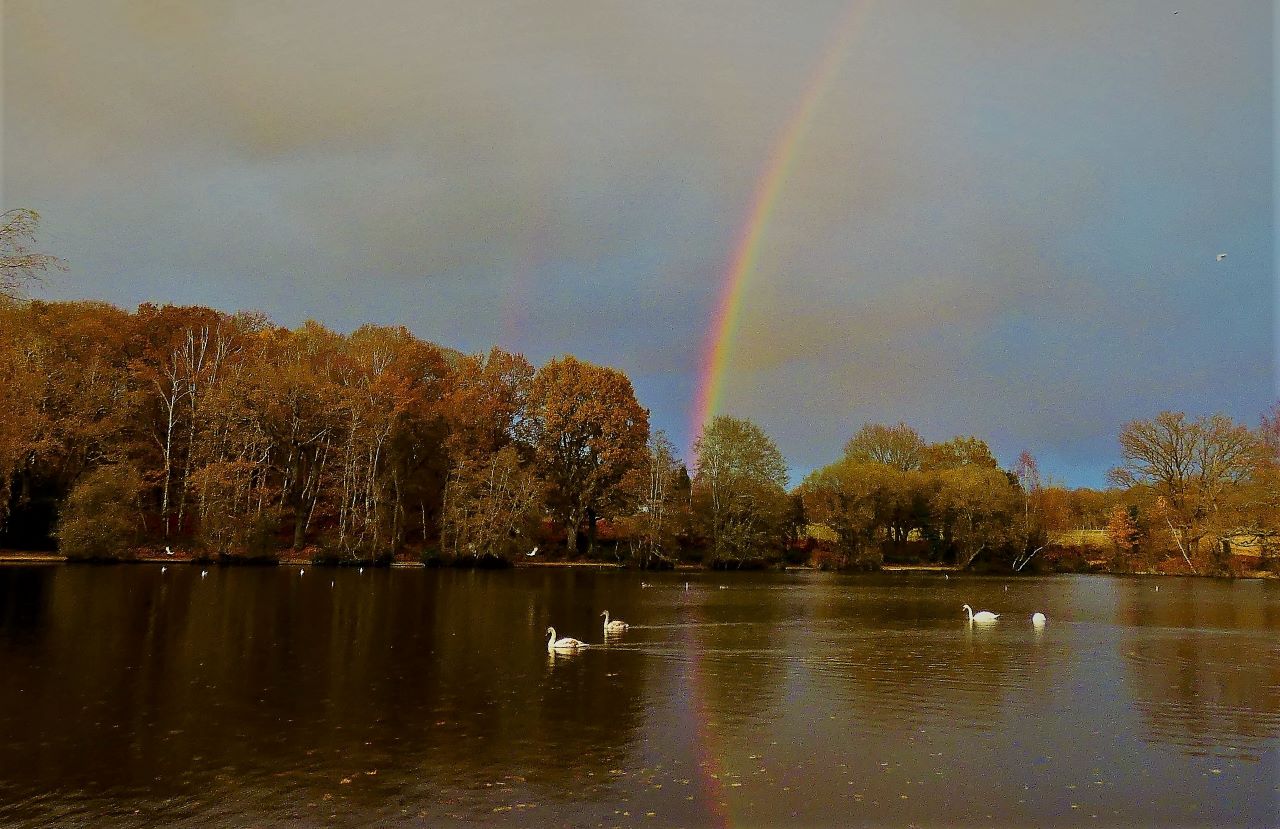
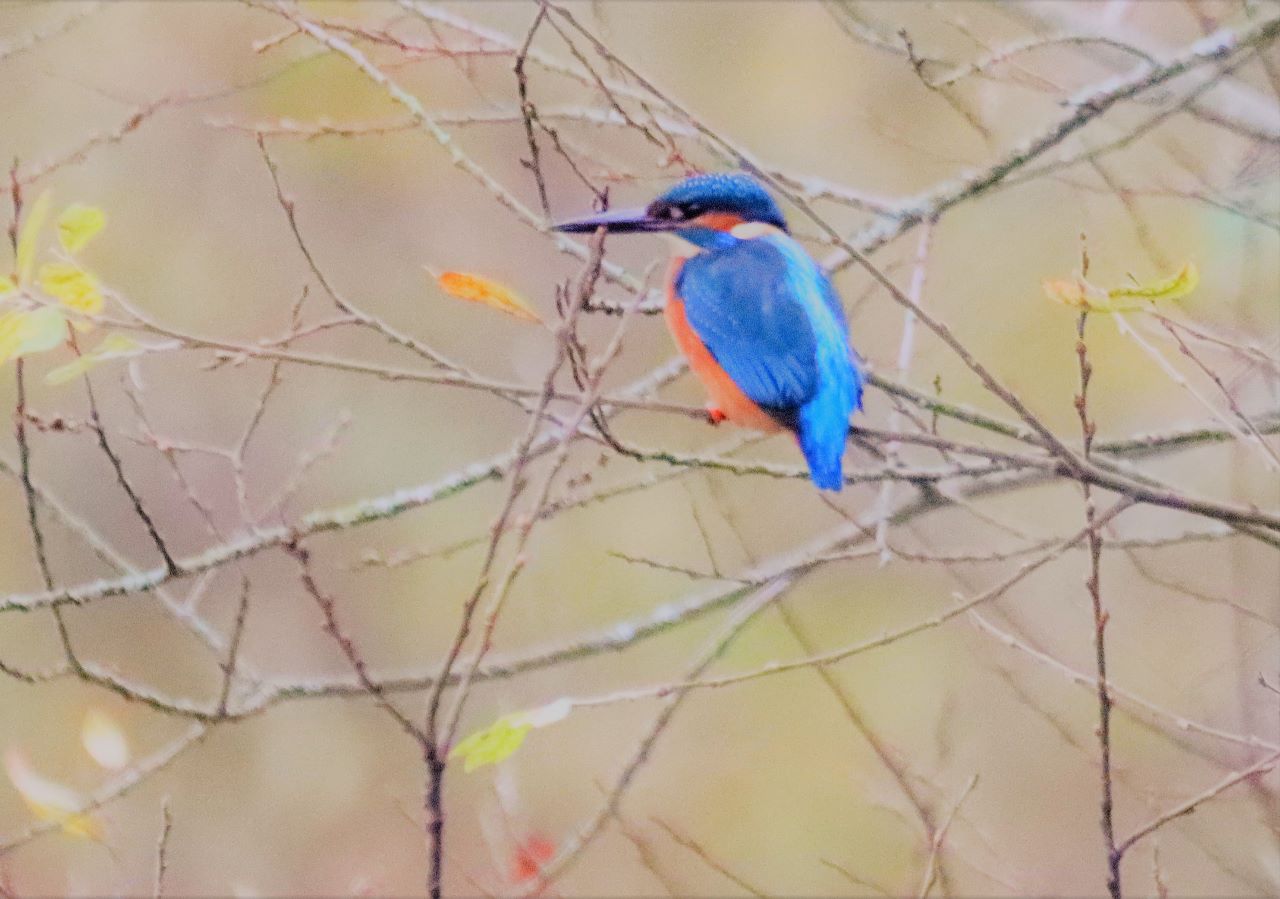
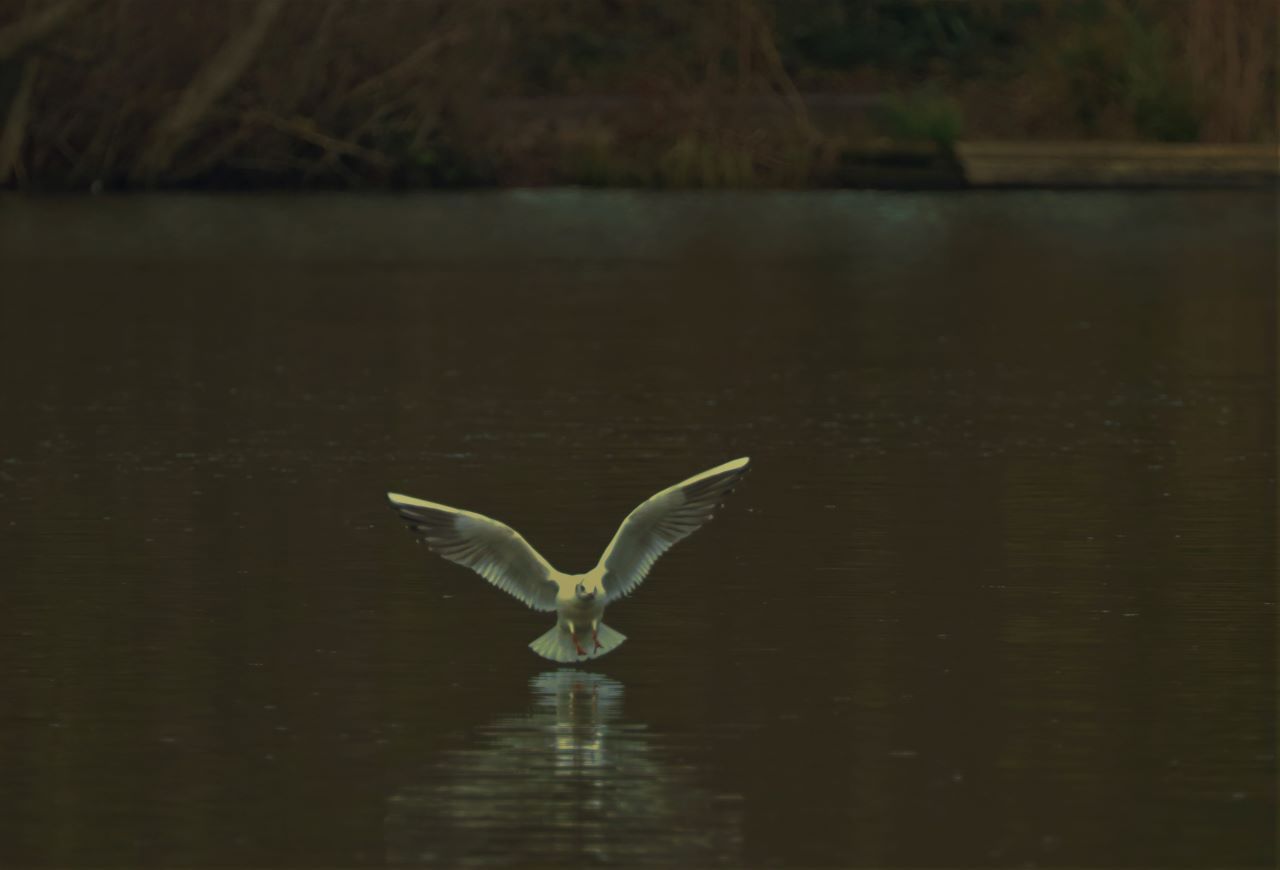

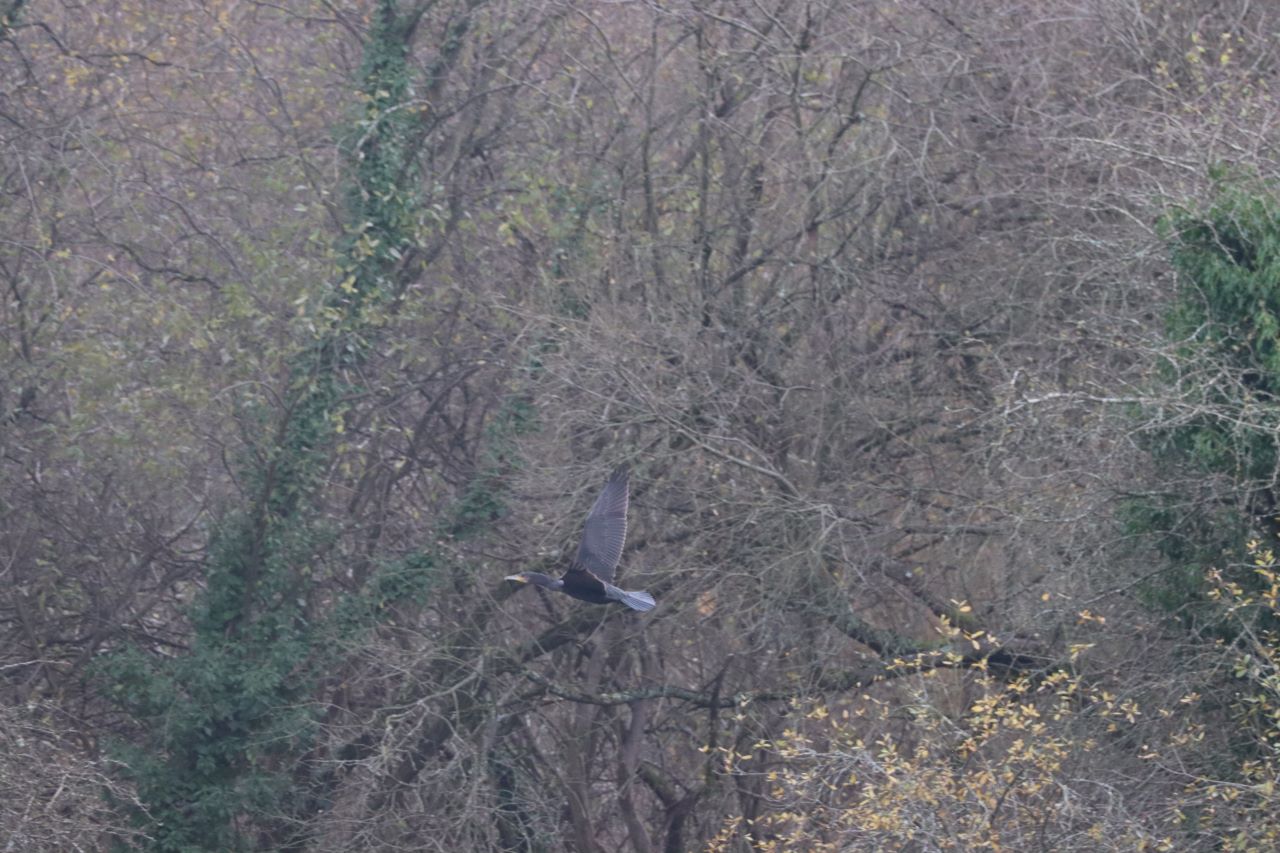
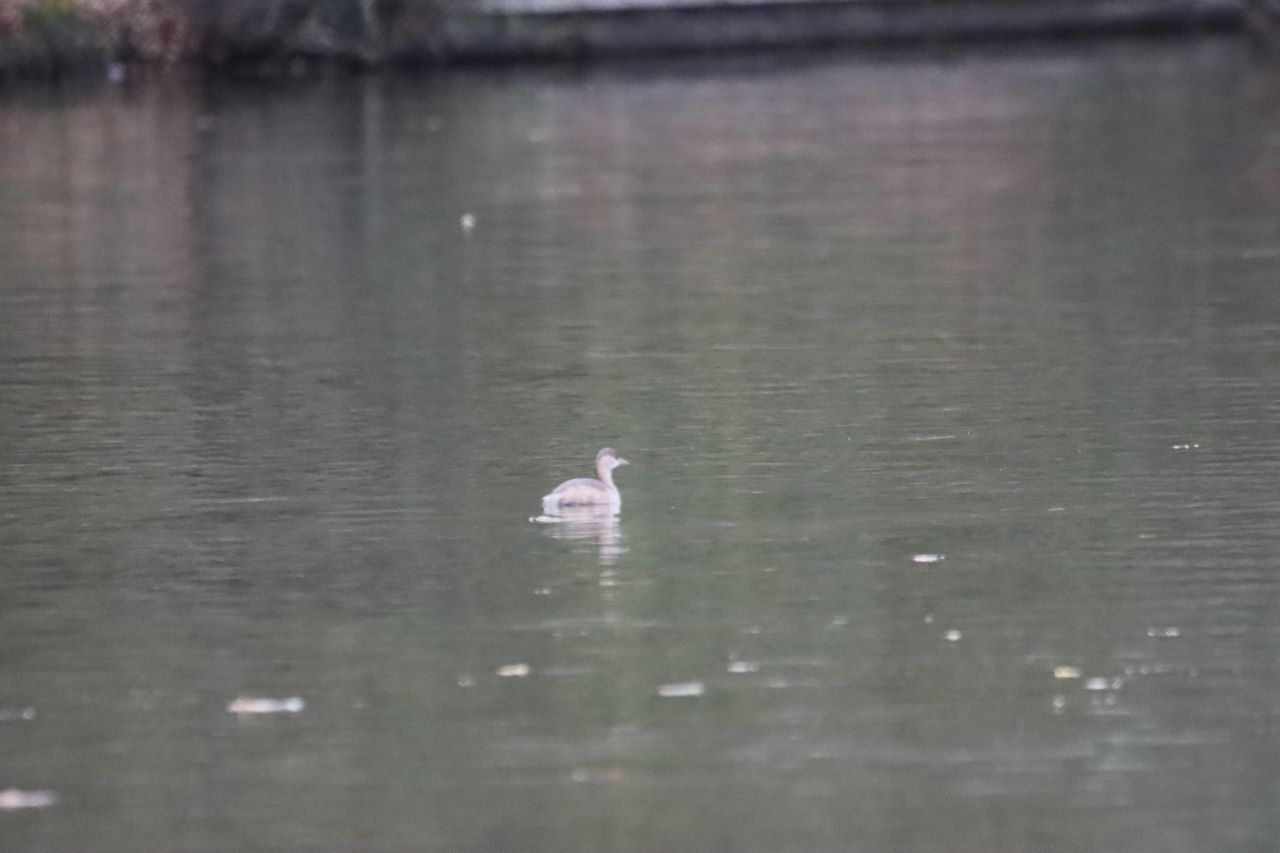
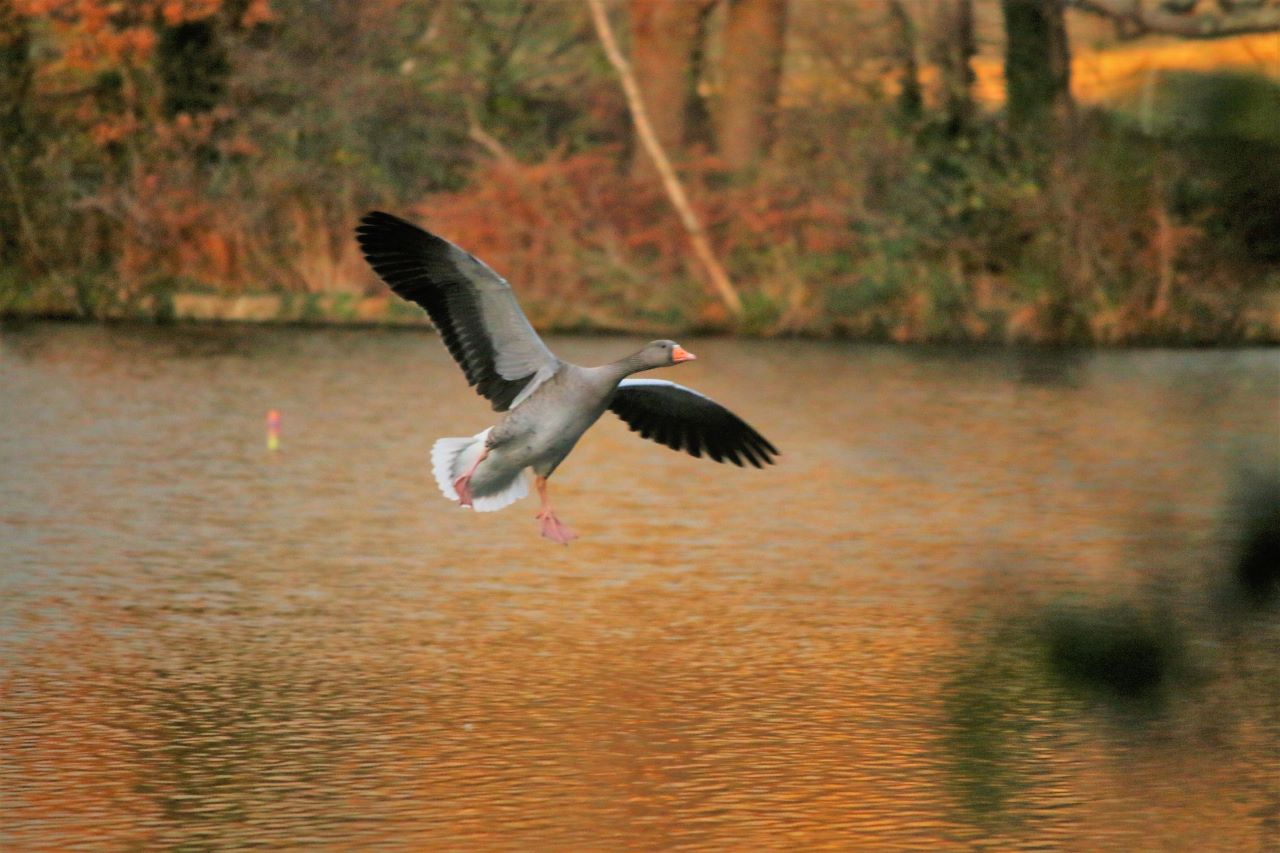

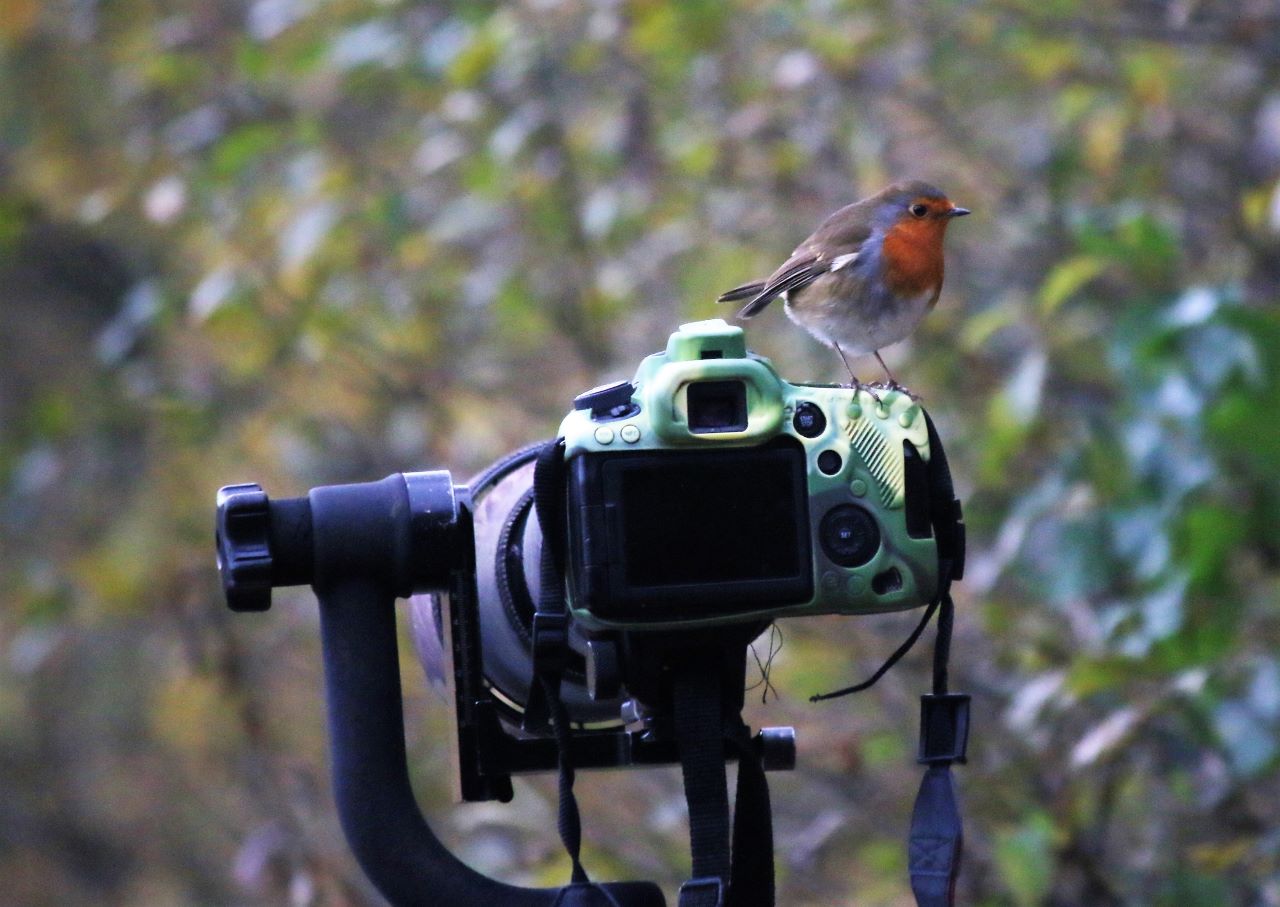
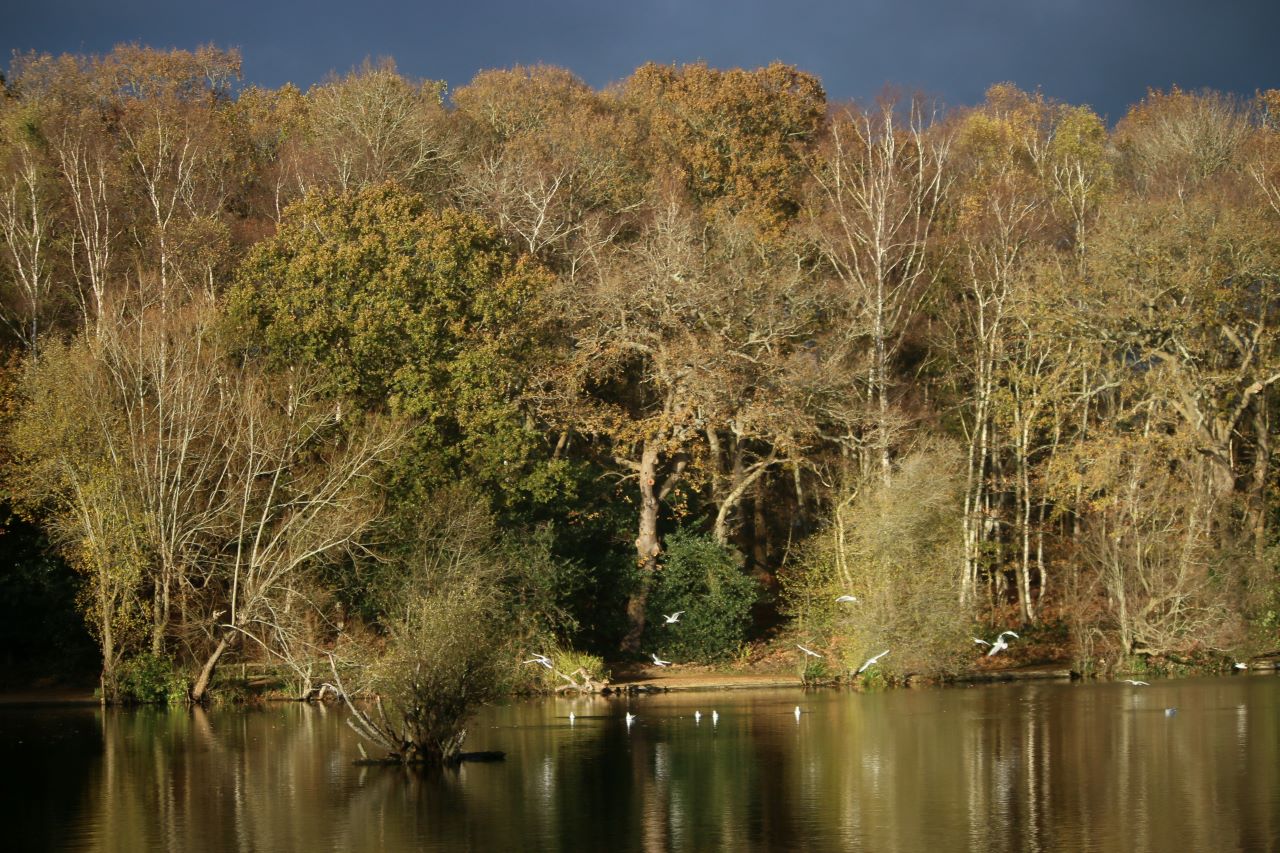
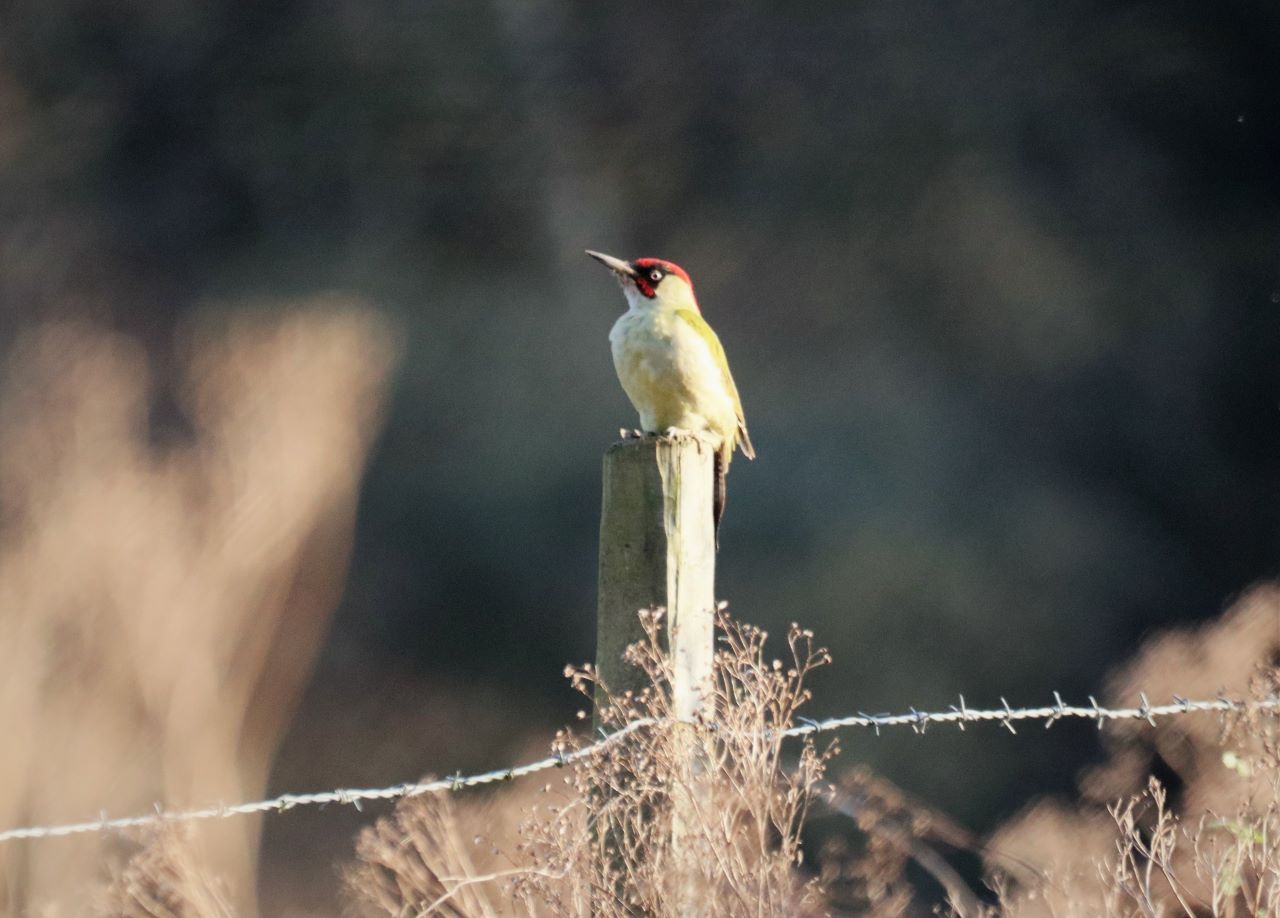
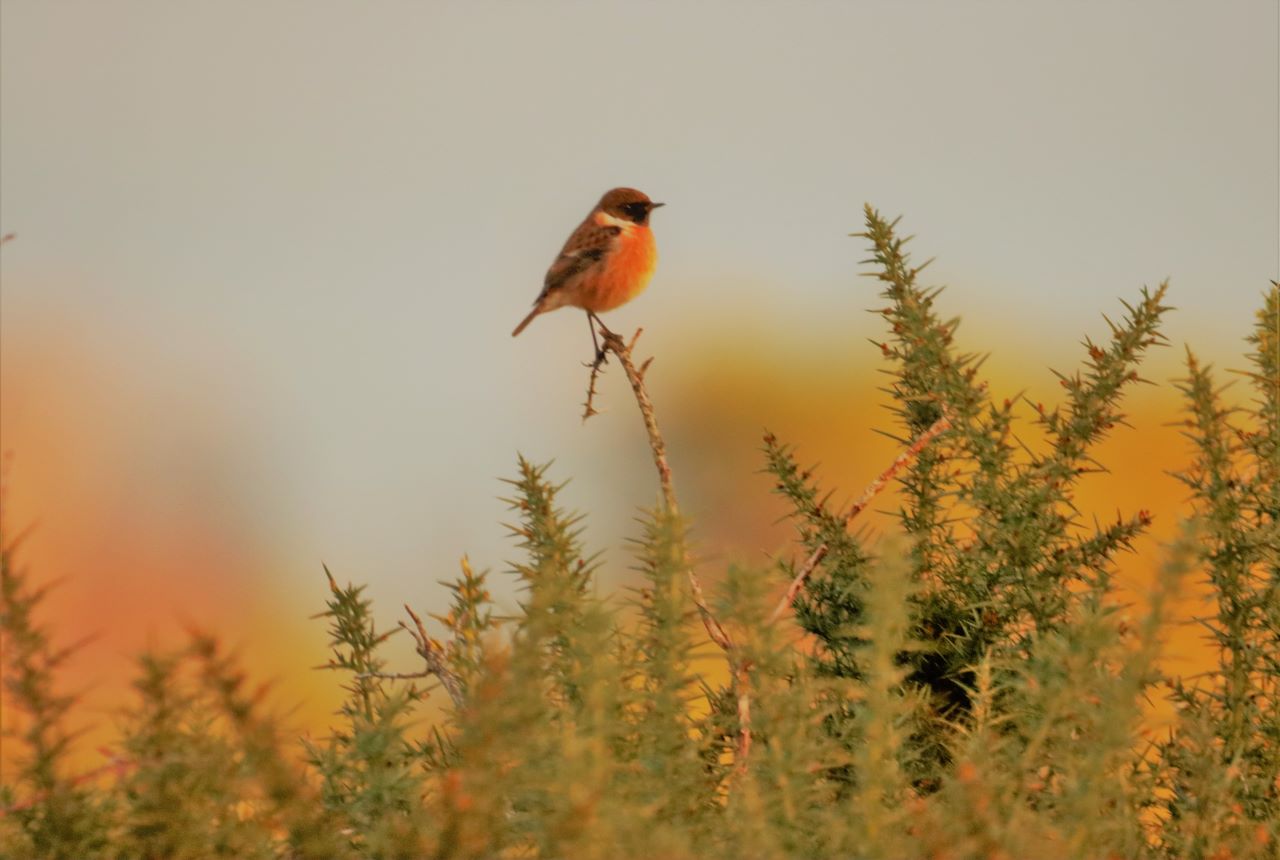
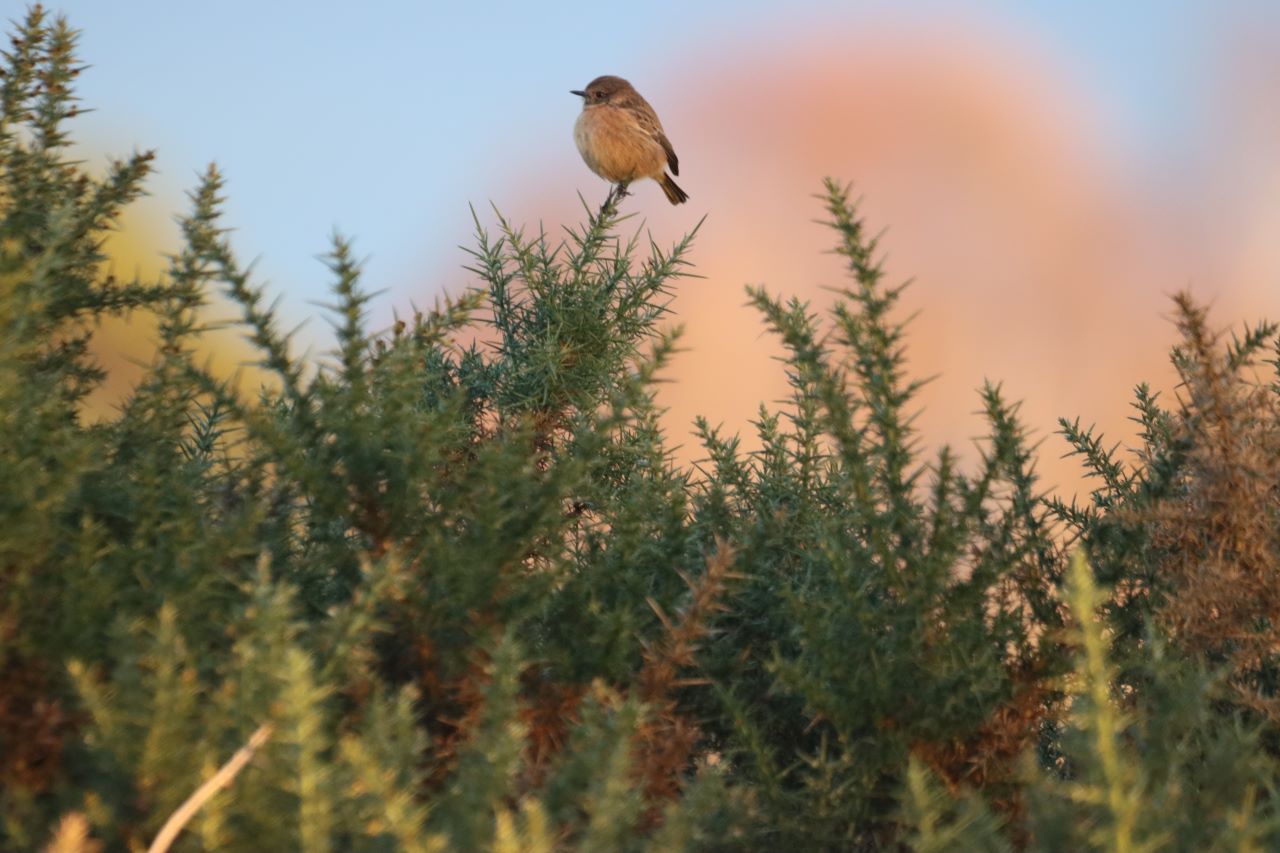
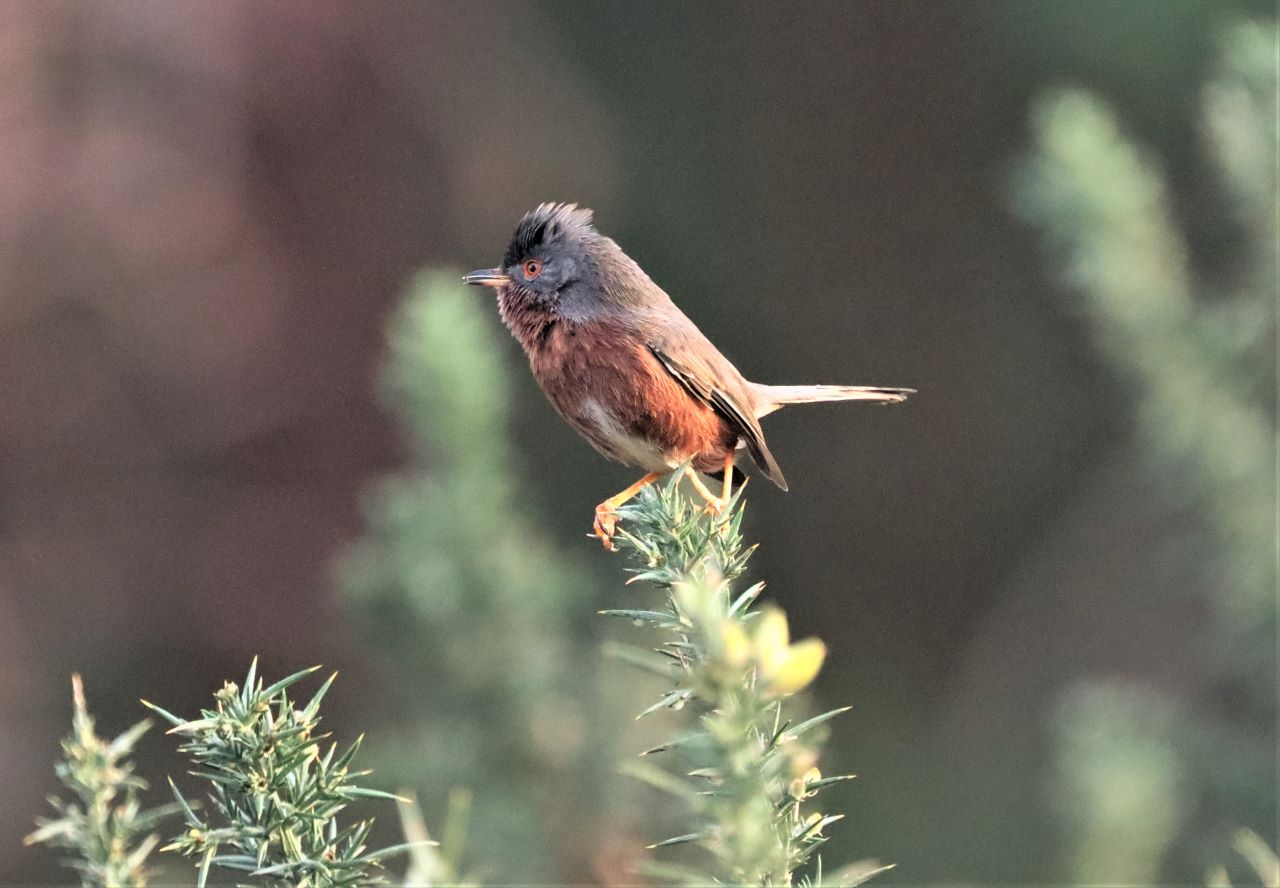

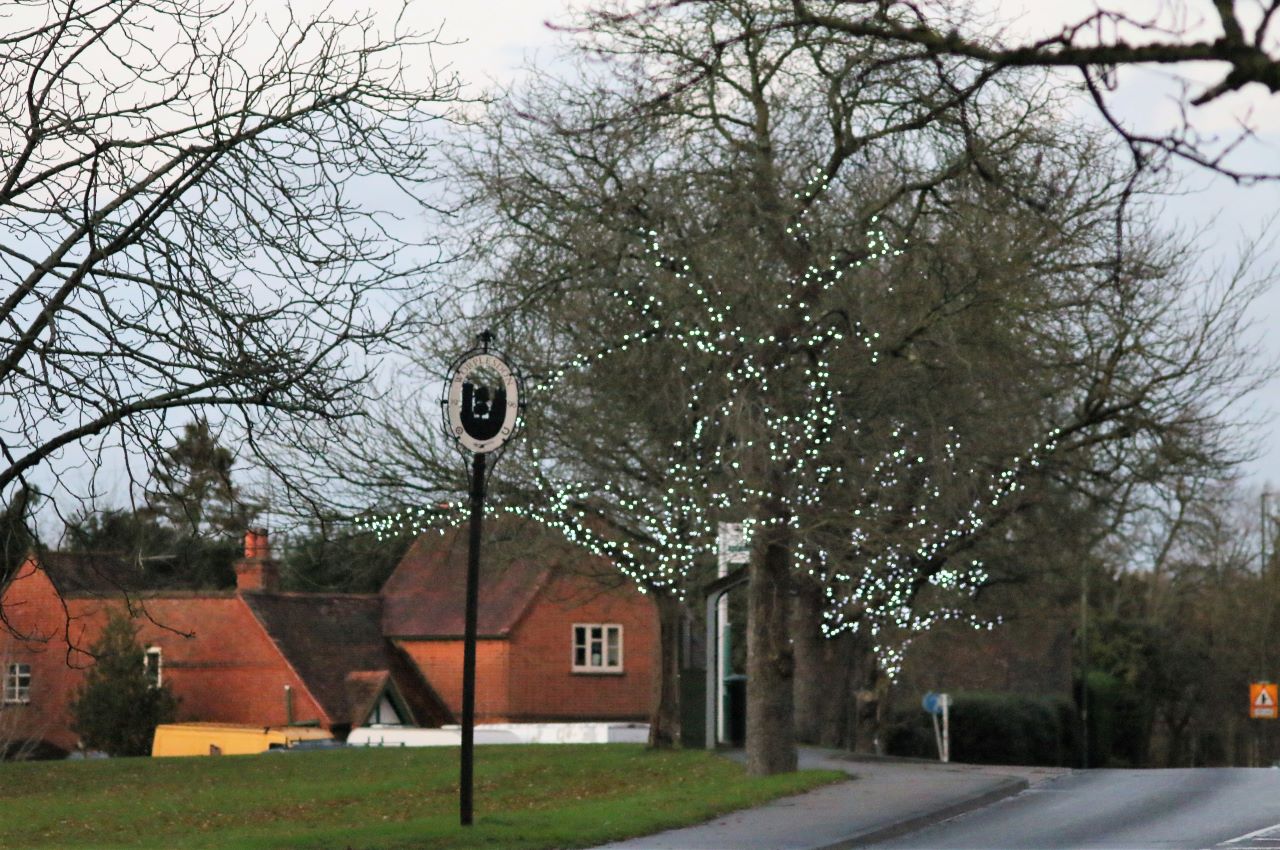
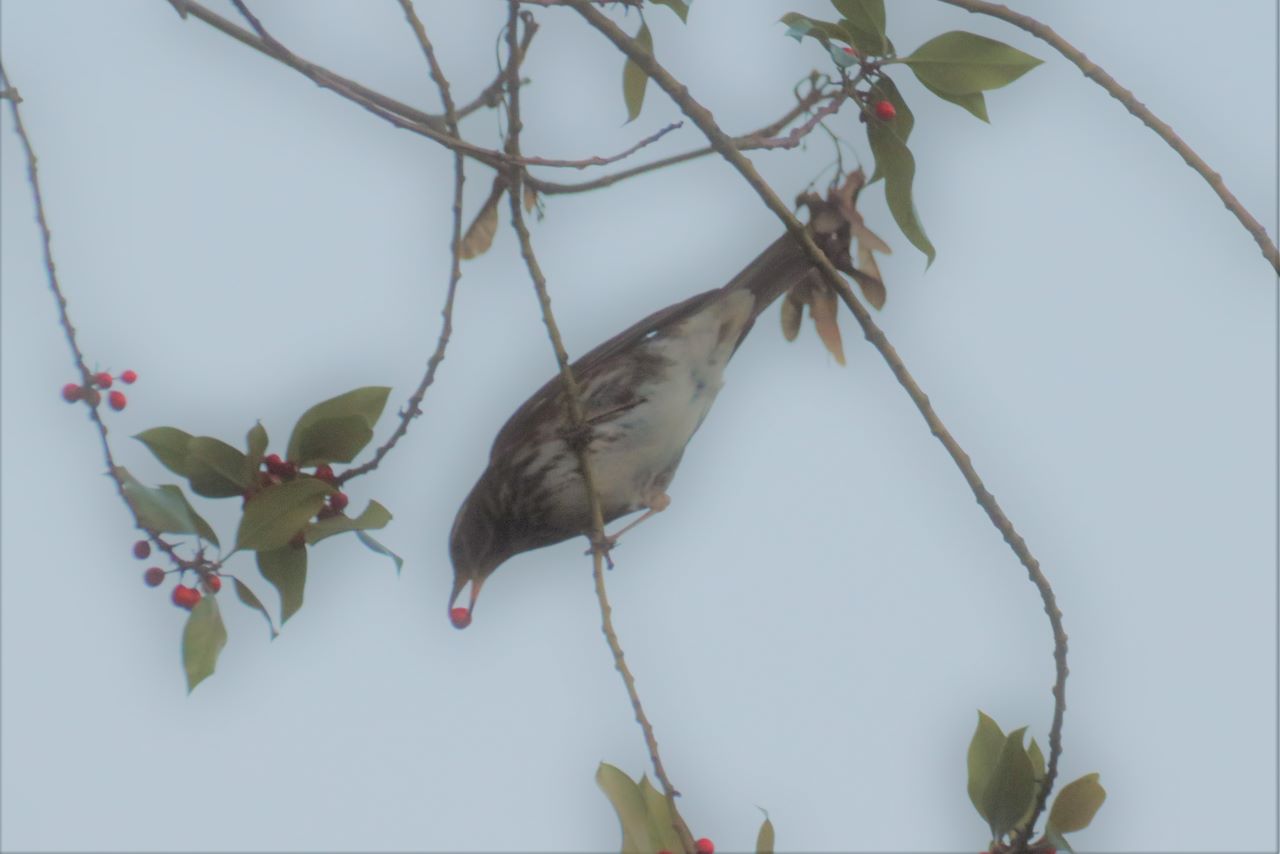
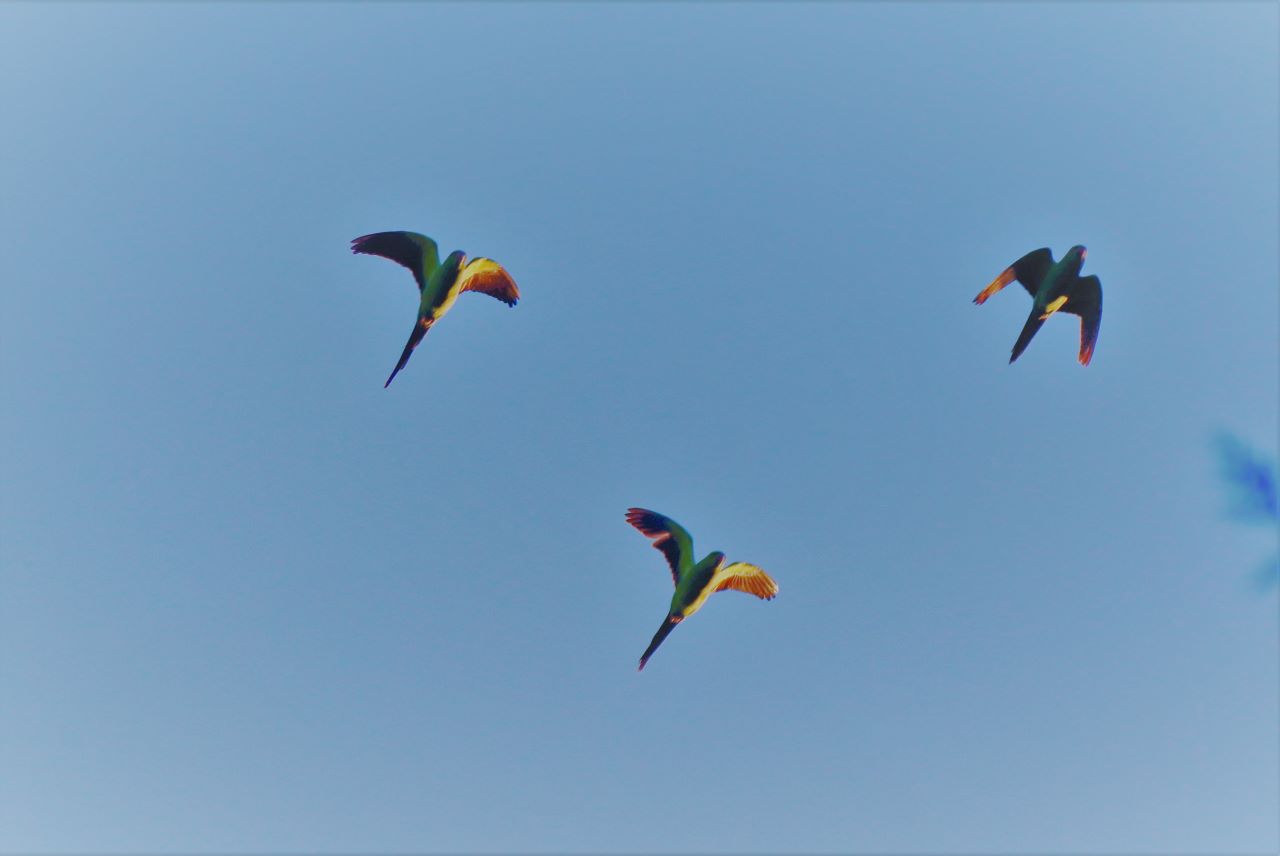
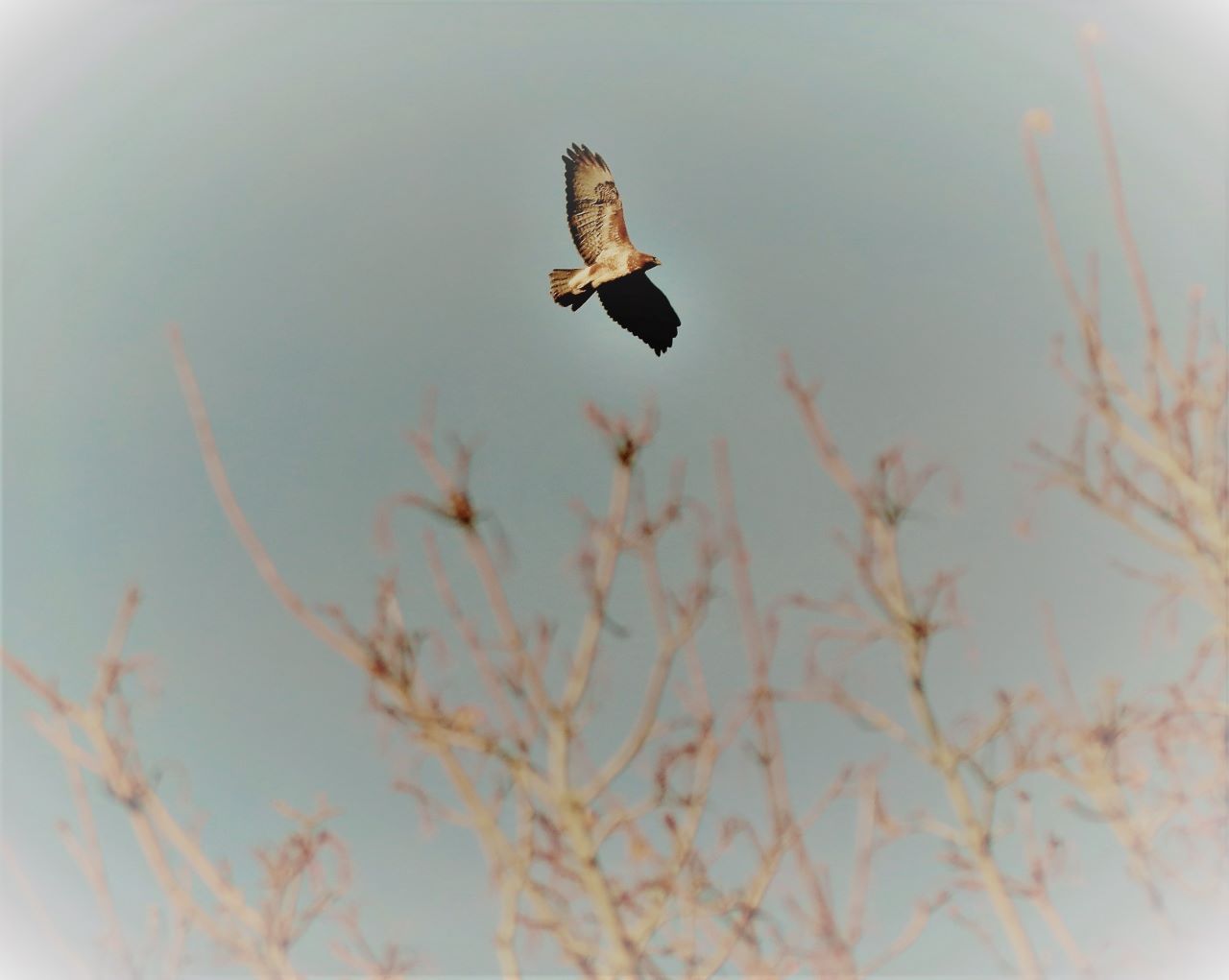
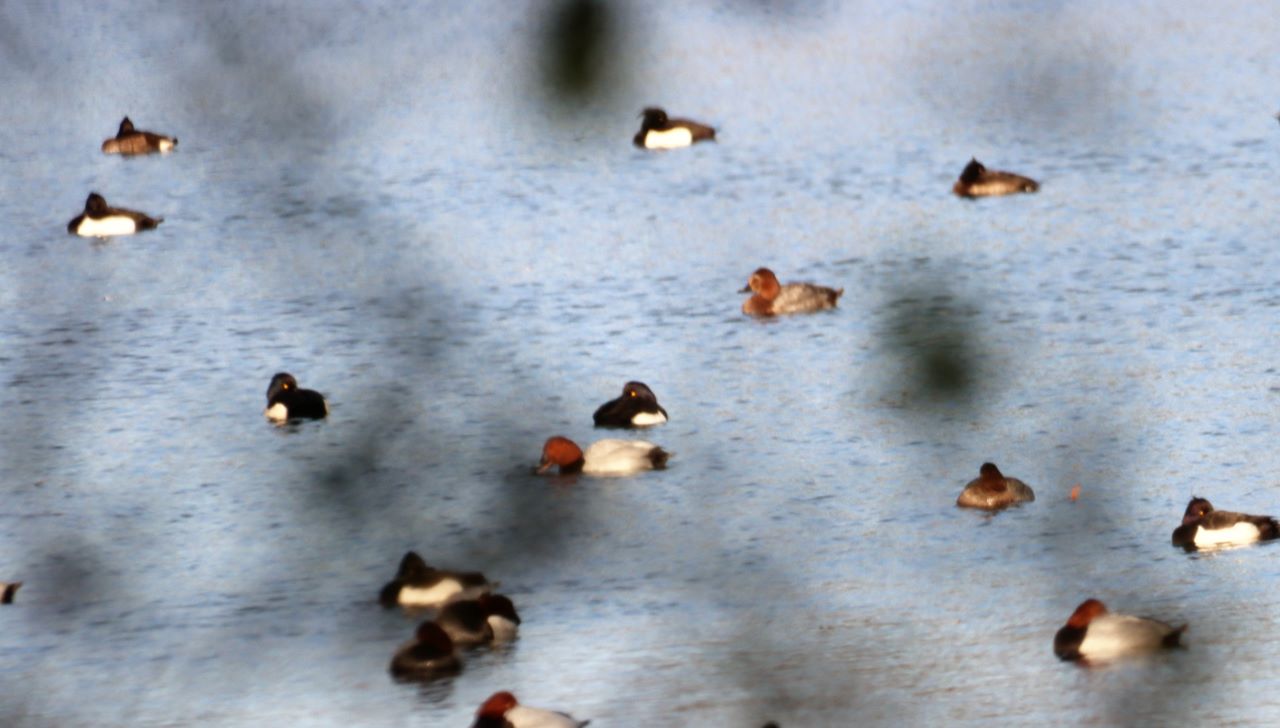
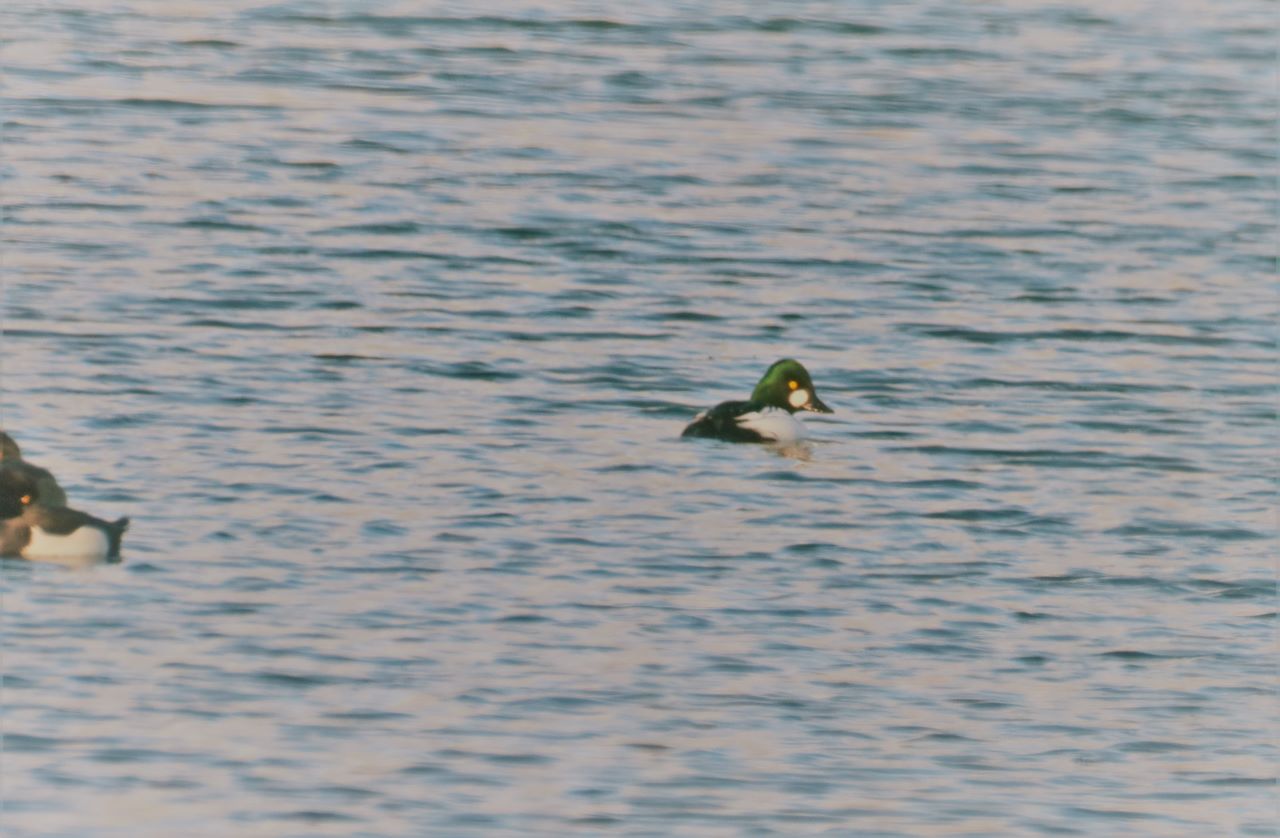
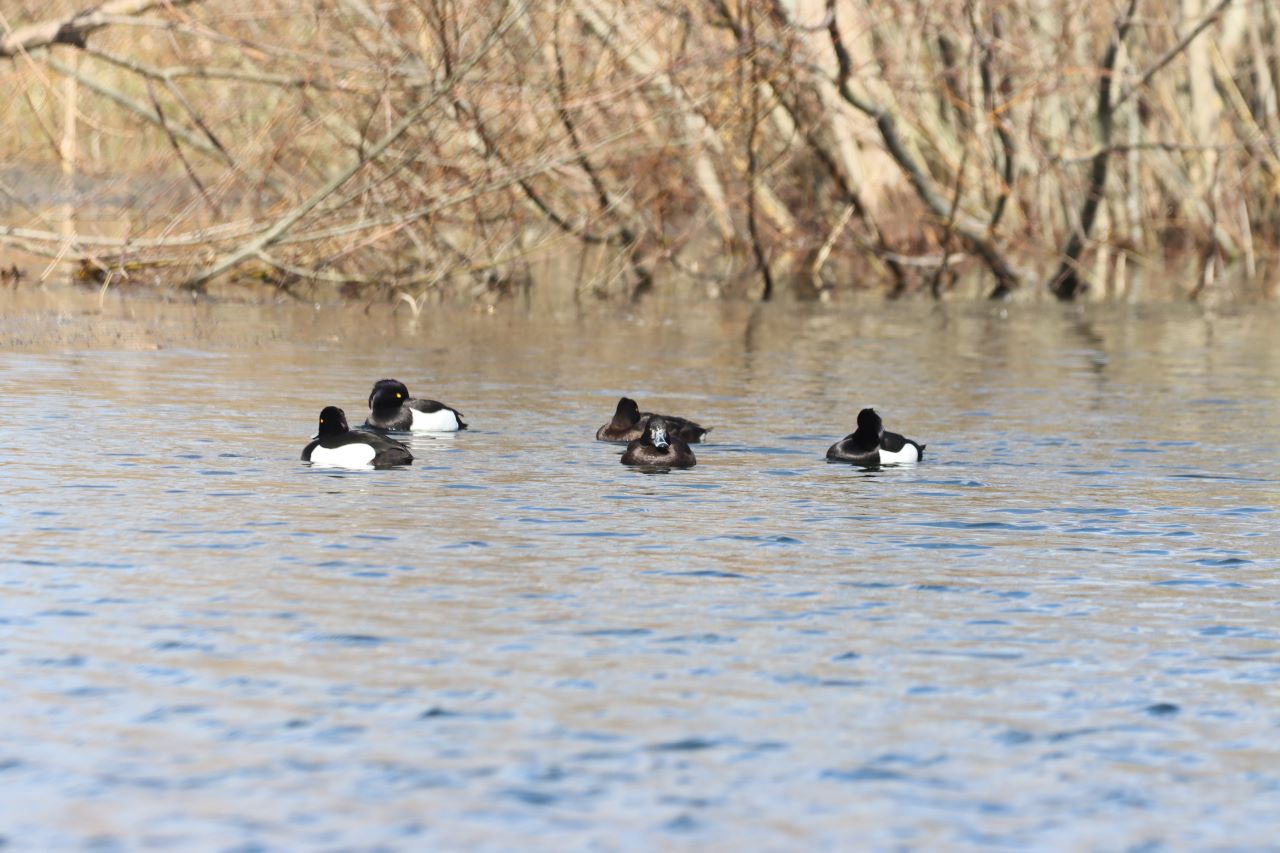



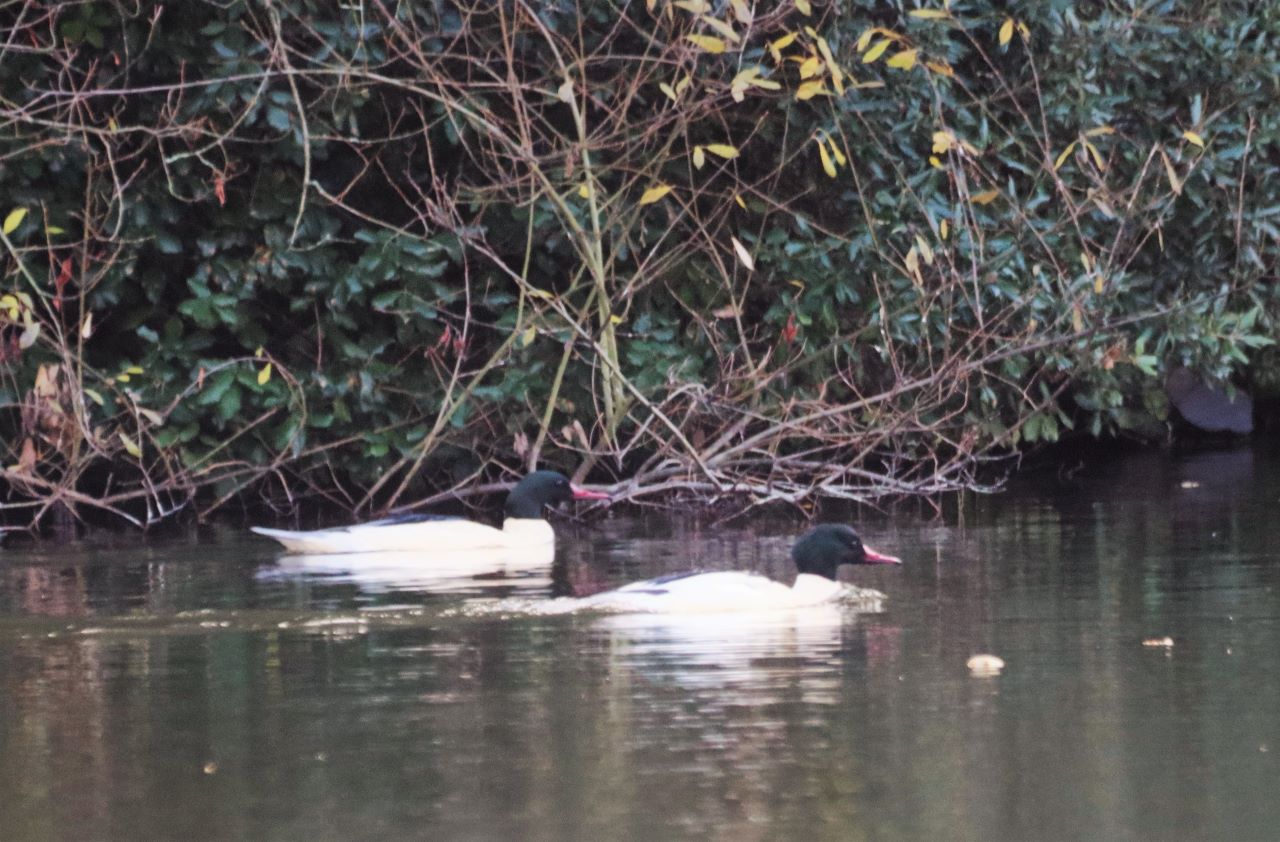










Recent Comments